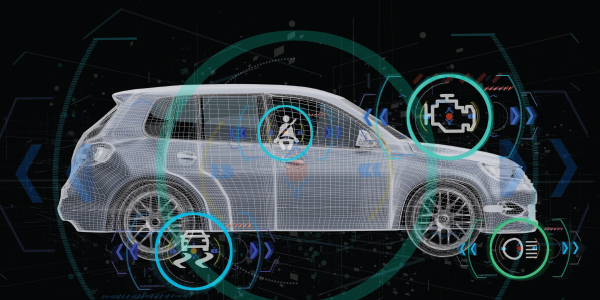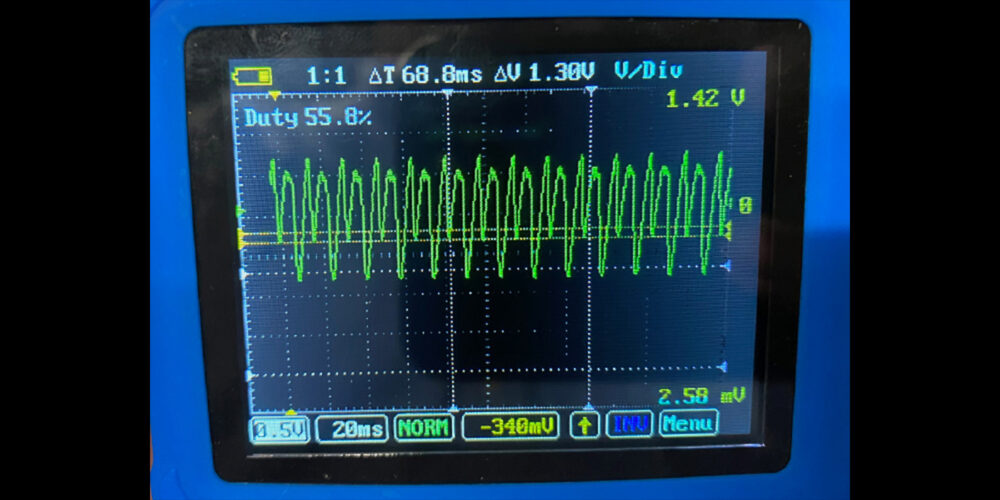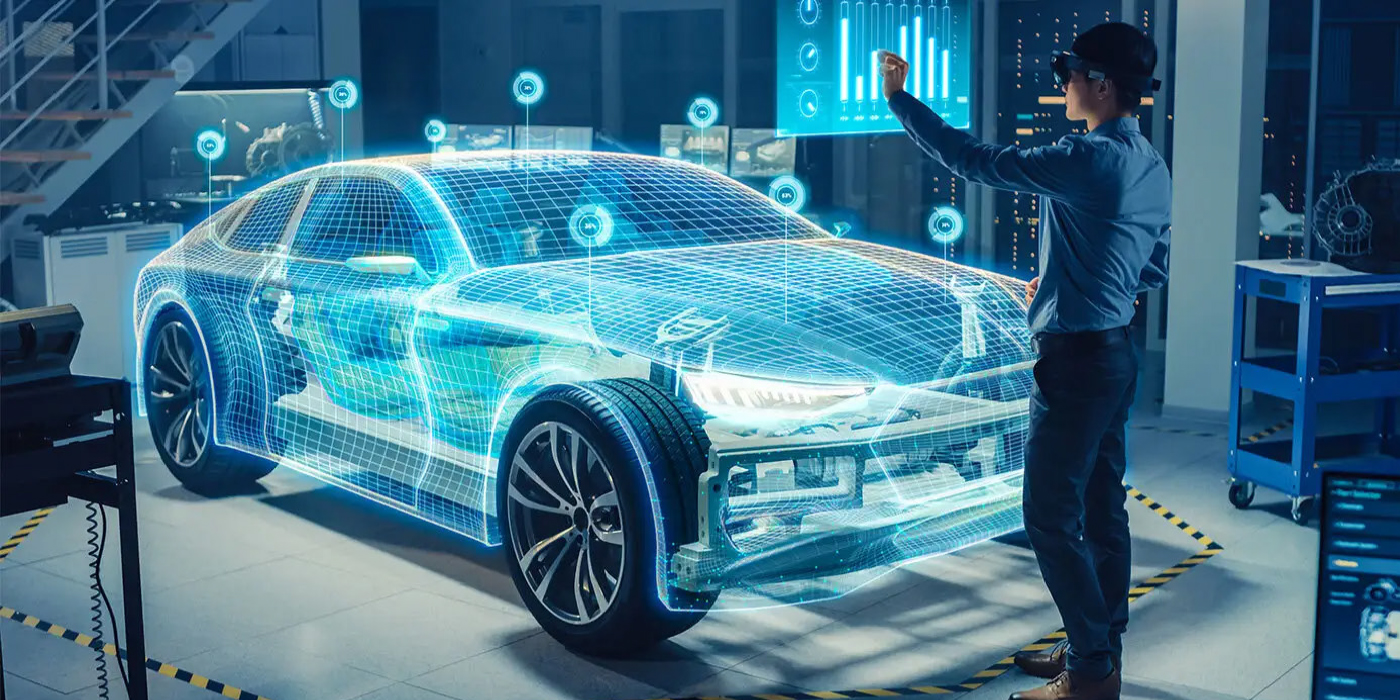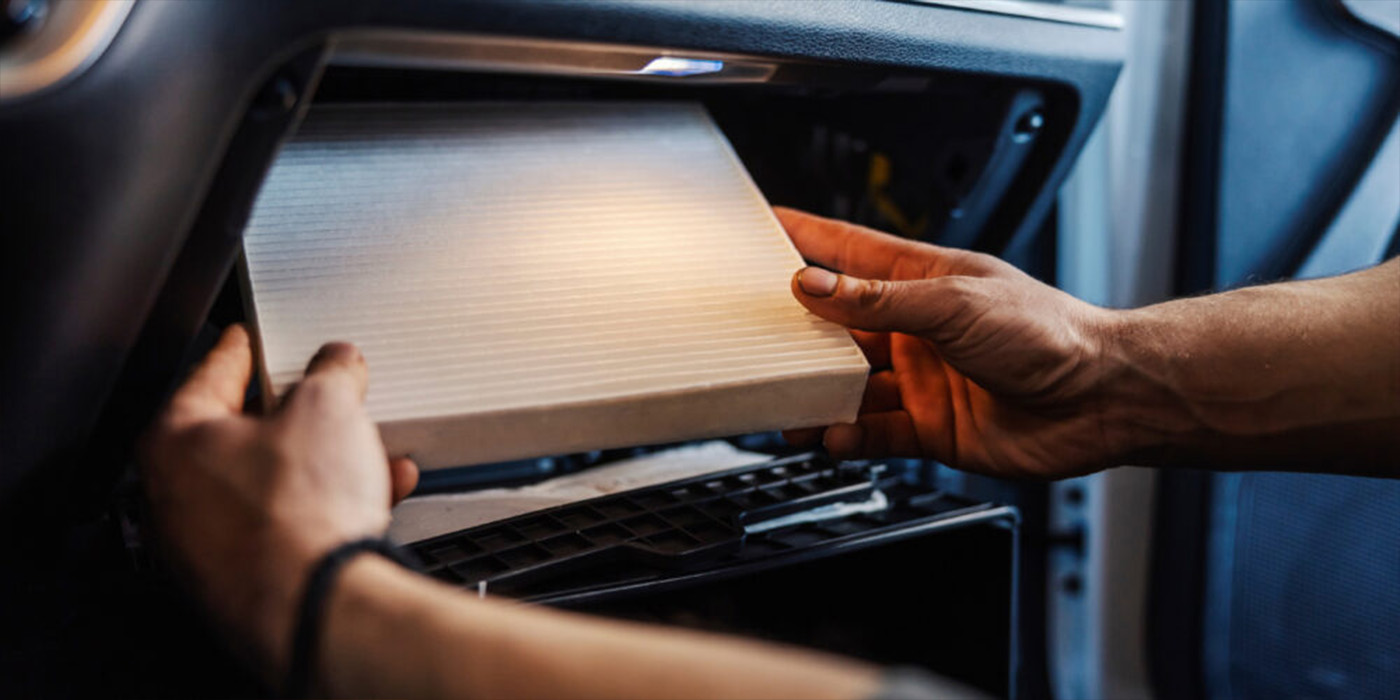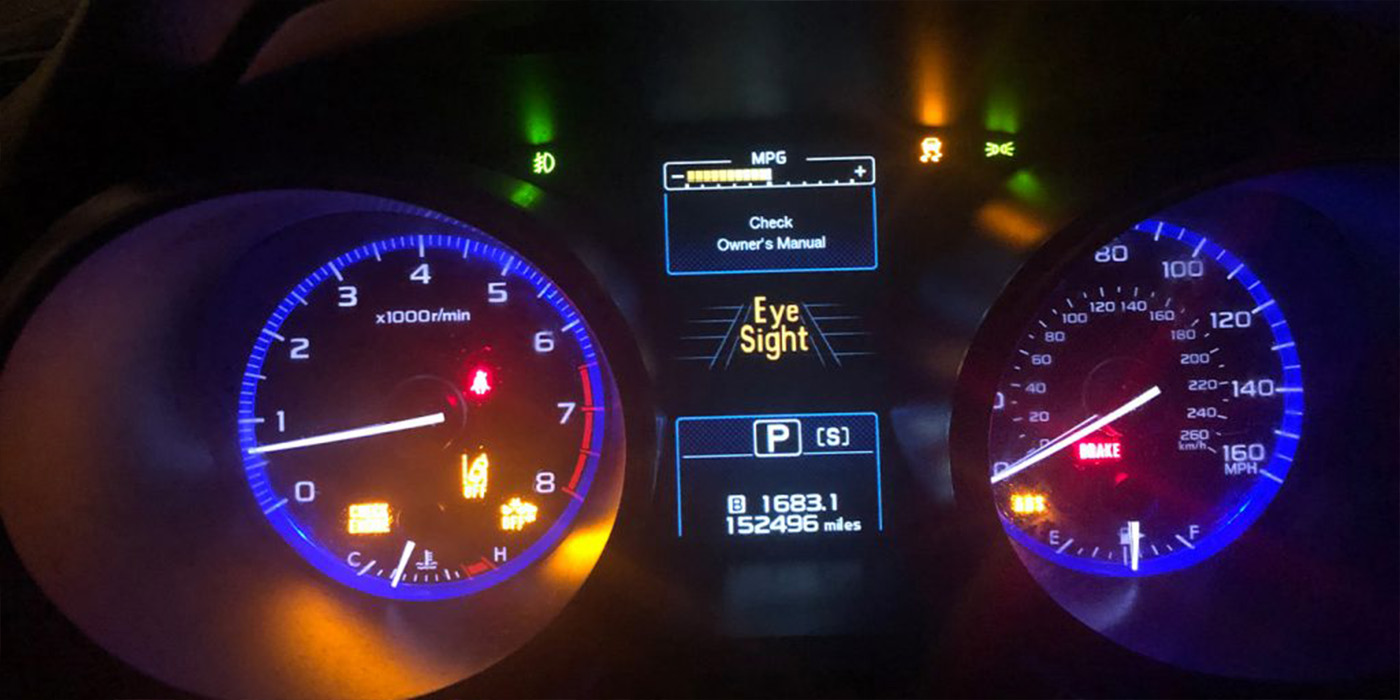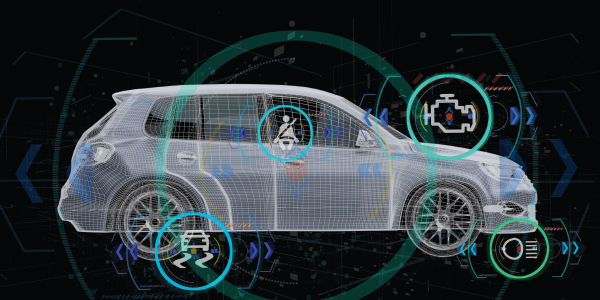
Everywhere you look today – whether it’s online, in trade publications or notices from ASA – you hear about telematics. Currently though, all the press on telematics refers to autonomous vehicles, “Right to Repair” and numerous other topics that speak to the future. How to process all of this information and what to do about it today is left out of all of these conversations. What do I do about telematics today? How do I prepare for the future? Most importantly, what is my telematics strategy?
There are many options available to you now that would get you into the business of telematics today. Most of these options utilize the OBD port. Since 1996, as a result of the Clean Air Act, there is an OBD port in most vehicles. Since 2010, it is on all vehicles 14,000 pounds GVW and under. You can insert a “dongle” into the OBD port to gather the same information about the vehicle that you can with a plug-in diagnostic tool. It can read “Check Engine” light codes and communicate to the shop and to the consumer exactly what is happening as the light goes on.
Why should you add a telematics program for your customers? There are many features and benefits to doing this, but I believe it’s all about customer retention. You add a service to your customers that the majority of your competition does not have. By plugging the dongle into the OBD port and downloading an app to your customer’s phone, you know if the “Check Engine” light goes on – and you even may know why it came on. It’s like riding in the back seat of your customer’s vehicle 24 hours a day, seven days a week. You can immediately let them know to pull over and send the tow truck, or let them know it’s probably just a loose gas cap.
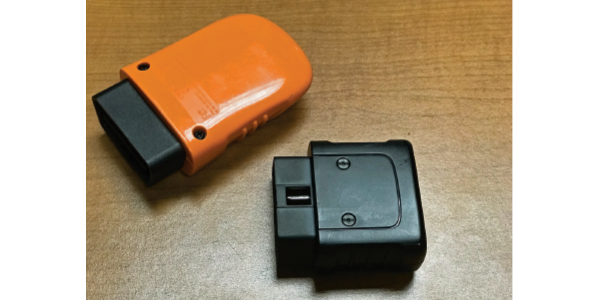
All of this provides a service to your customer that’s brand new, competitive with the dealerships and utilizes technology to ensure that the repair comes back to you. It also provides important information ahead of time that could result in a quicker diagnostic time for the shop, therefore increasing shop profitability. With the right telematics app, it could give you the opportunity to have the necessary replacement part at the shop – even before the vehicle arrives for the repair. As you always hear, time is money.
This brings us to what is the “right” telematics product to buy. The first thing to consider is the dongle. There are two different types of dongles used in telematics products. The first one is a dongle that includes a SIM card, just like your cellphone. This SIM card communicates with cell towers to send the information to the app that you and your customers have downloaded. The cost for this dongle ranges from $50 to $100 per vehicle. The second type of dongle is a Bluetooth dongle. This utilizes a BT connection between the customer’s cellphone and the dongle that’s in the OBD port. The advantage to BT dongles is cost, as they range from $15 to $25 each. While a SIM-card dongle can offer more features than a BT dongle, the BT dongle provides the same information from the engine computer that the SIM-card one does. You will receive the same information about the operation or problems with the vehicle. Plus, it makes the cost much easier to justify for multiple customers.
The next thing to consider is the app. You want to make sure that it includes all the necessary features to provide the most important benefits. The app should at least be able to read diagnostic codes if the light comes on. This code(s) should be sent to you with an explanation and definition of what it means. Some apps also will provide a severity code. This explains how severe the issue is and whether or not it’s safe to drive the vehicle. Obviously, a code for a misfire would be more severe than a loose gas cap.
Next would be a maintenance-reminder program for your customer, based on actual mileage driven since the last service. You would want to be able to customize these reminders as well. An oil change, for example, might be 4,000 miles for one vehicle and 6,000 miles for a different vehicle, and each one uses a different type of oil. The shop should be notified of these reminders as well so you can reach out to your customer to schedule an appointment for the particular service.
Another feature to look for is the ability for the shop to send push notifications, coupons, etc. directly to your customer in a targeted manner. This marketing feature could save you money in other areas of promotions by better targeting your customers when the timing and mileage are at the correct times.
These are only some of the key features to look for, because some apps have many other features as well. The cost for the apps has a pretty wide range. The BT apps are usually less expensive, typically billed per vehicle per month. The pricing can range from $2.50 to $8. Pricing also can be a function of how many devices you buy and plug into customers’ vehicles.
I realize this is a pretty basic overview of telematics. But hopefully it gives you enough information to consider if this is something that could fit into your shop’s marketing program. Telematics is here now; you don’t have to anxiously sit and wait to see what happens. If you want, you can be in the front of the bus, seeing your way forward, or sitting in the back of the bus, waiting to be told when you get there.

